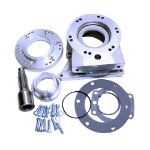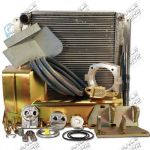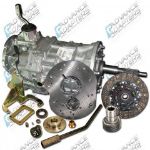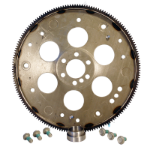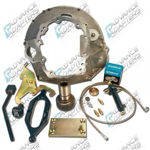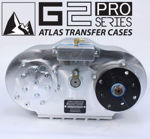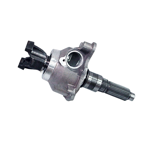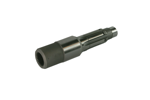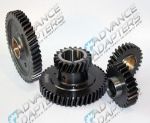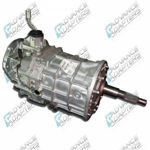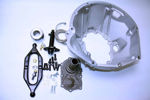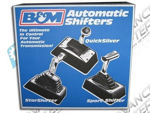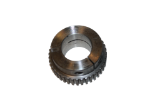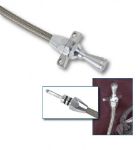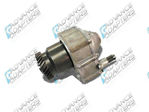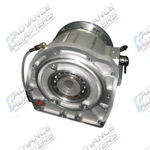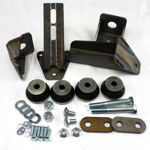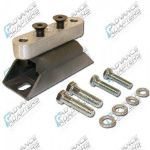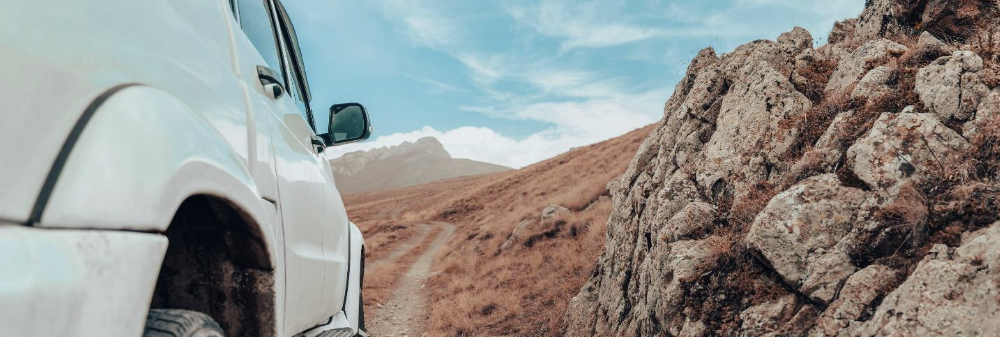
Serious off-roaders need more than an ordinary transfer case. A dual transfer case setup can give you the extra low-range gears needed for steep hills, rock crawling and other extreme conditions. In this guide, the four-wheel drive experts at Advance Adapters look at what this setup involves and offer tips for selecting the right dual transfer kit.
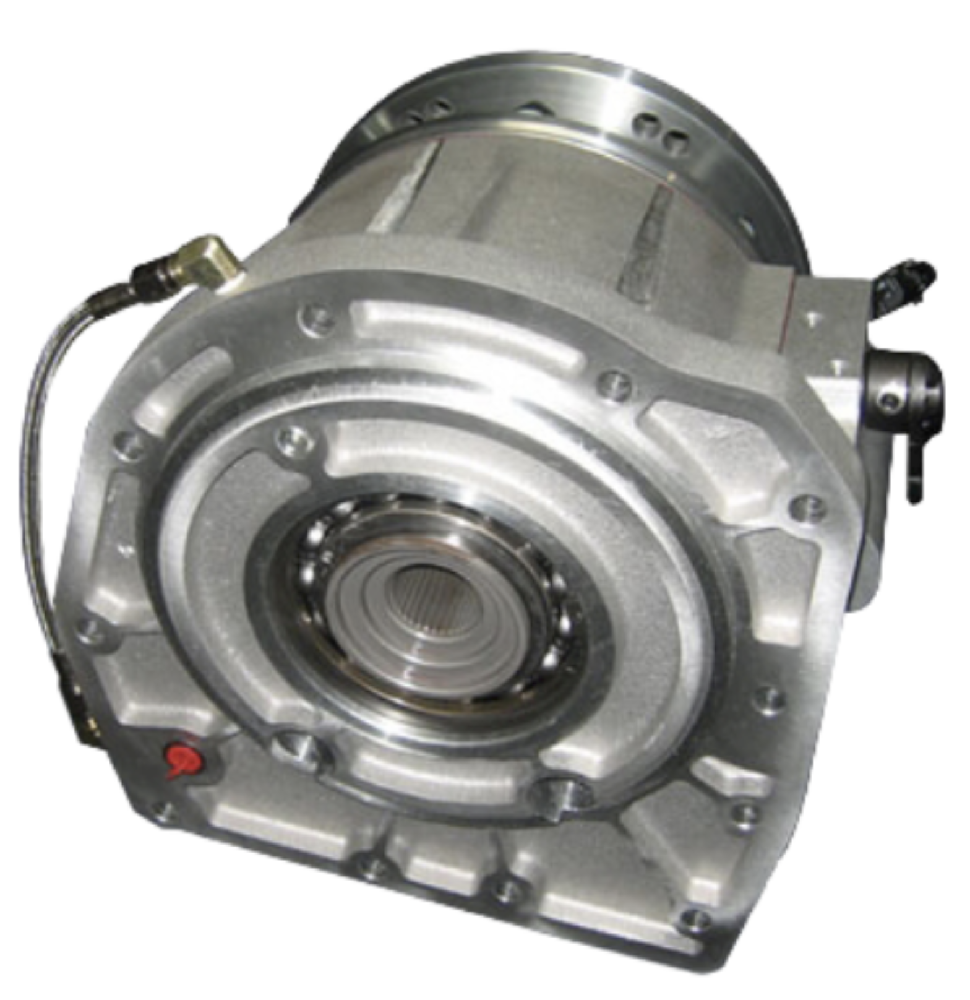
What Is a Dual Transfer Case?
The factory transfer case or even an aftermarket case may not provide enough low gearing options for your off-roading, towing and hill-climbing. By taking the reduction unit from a separate transfer case and attaching it to the output of the existing case, you create a dual transfer case setup. The two reduction sections can be used together or independently.
This setup gives you additional gear sets and torque multiplication for low speeds, challenging terrain and large tires. Adding a standard high-low reduction box to a two-speed transfer case will effectively give you a three-speed case with high, low and extreme low gears. By placing it on a three- or four-speed case, you get even more options. It’s a great choice for heavy-duty off-roaders, towers and anyone who needs more gearing options.
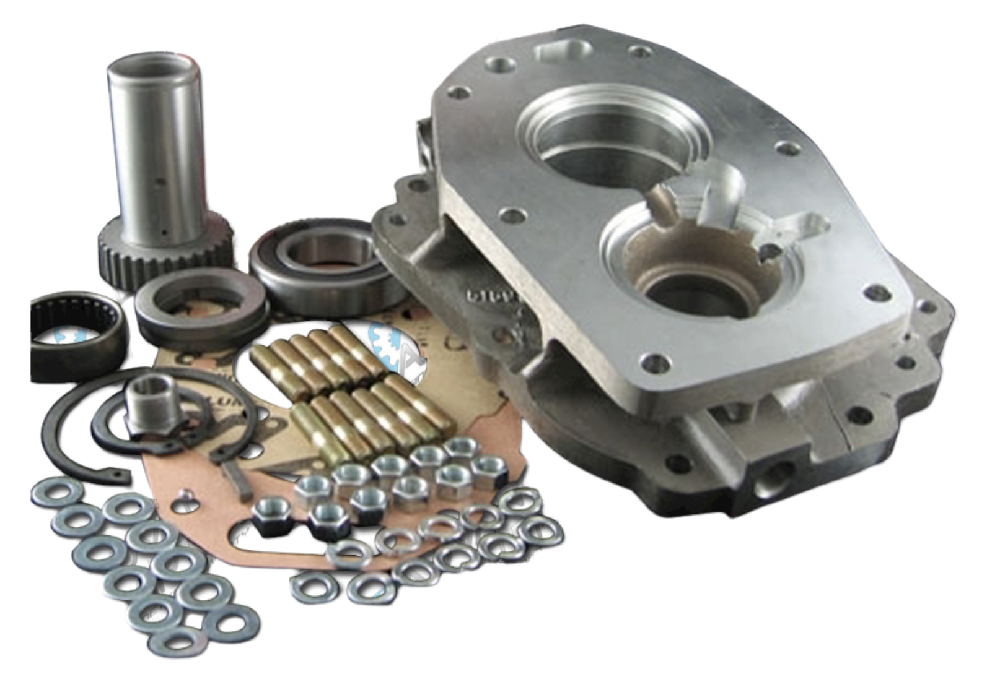
What to Consider for a Dual Transfer Case Kit
Like any aftermarket modification, you should carefully consider all factors before buying parts and components. Here are five important factors that go into selecting a dual transfer kit.
- Decide what the purpose of the dual case is. Are you putting it in an exclusively off-road vehicle or a vehicle that must be good off-road and on-road? The less you drive the vehicle on main roads, the more aggressive your setup can be.
- Consider how the additional gear sets affect the Final Drive Ratio (FDR). A dual transfer case is common for rock crawling, but going over an FDR of 130 is more likely to hurt than help. Our Gear Ratio Calculator lets you figure out potential new FDR numbers.
- Look at what transfer cases and transmissions the kit is designed to fit. For example, our RubiCrawler dual transfer kit is made for Jeep Wranglers with a 42RLE transmission and an NP231, NP241 or RockTrac transfer case. (It can also fit aftermarket Atlas transfer cases made for these 4x4). If you’re adapting a 1979-95 Toyota truck transfer case, there are different kits for the 23-spline and 21-spline versions. Using the correct kit ensures the best performance.
- Ensure the kit includes all required parts and accessories. To connect the second reduction unit, you need an adapter, housing, bearings, couplers and more. Some conversions also require electronic control modules. A reputable dealer will provide a full list of components and explain what they’re for.
- Determine whether other modifications to your drivetrain are necessary. You may need to install shorter driveshafts to accommodate the additional equipment or move the exhaust and floorboards for clearance, especially with smaller vehicles. A good kit will tell you what needs to be done and should be backed by support from a knowledgeable team.


